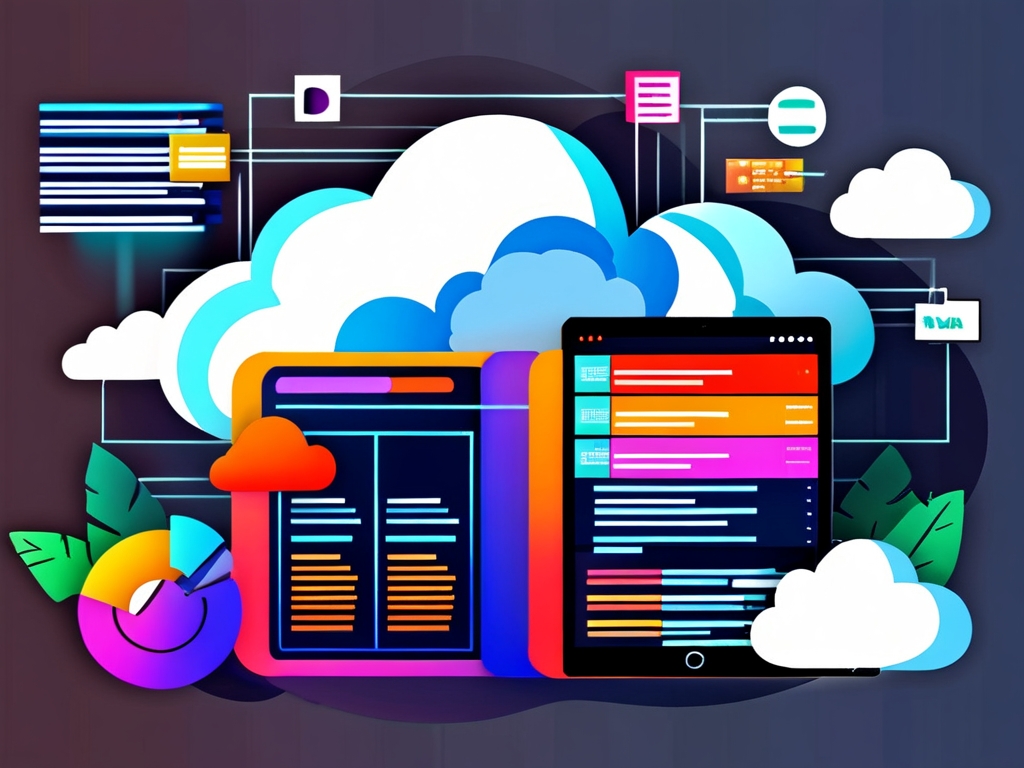In modern software development, a recurring debate centers on whether programmers should directly modify production databases. This question intersects with technical responsibilities, team collaboration, and security protocols. Let's explore the practical scenarios where database intervention becomes necessary and alternative approaches that balance efficiency with risk management.

The Evolving Developer Role
Traditionally, developers handled end-to-end system implementation, including database schema changes. A 2022 survey by Stack Overflow revealed that 68% of full-stack developers regularly interact with databases. However, the rise of DevOps practices and specialized database administrators (DBAs) has shifted this dynamic. Consider this SQL snippet demonstrating a common table alteration:
ALTER TABLE users ADD COLUMN last_login TIMESTAMP DEFAULT CURRENT_TIMESTAMP;
While straightforward, executing such changes without proper validation could disrupt live services. Modern teams increasingly use migration tools like Liquibase or Flyway to version-control database modifications, ensuring traceability across environments.
When Direct Intervention Makes Sense
Emergency bug fixes sometimes necessitate immediate database adjustments. Imagine a financial application where a corrupted transaction requires manual SQL correction:
UPDATE transactions SET status = 'COMPLETED' WHERE transaction_id = 'TX12345';
Such scenarios demand developer involvement but should follow strict protocols:
- Peer-reviewed change scripts
- Snapshot backups before execution
- Audit logging through platforms like AWS CloudTrail
Temporary hotfixes in staging environments often serve as safer alternatives. A/B testing schema changes through feature flags has become popular, with companies like Netflix reporting 40% fewer production incidents after adopting this approach.
Guardrails for Database Access
Progressive organizations implement layered access controls:
- Read-only permissions for junior developers
- Approval workflows for structural changes
- Automated schema checks through CI/CD pipelines
Tools like PostgreSQL's row-level security or Microsoft SQL Server's dynamic data masking help maintain operational integrity. The key lies in balancing accessibility with protection – while 74% of tech leaders in a Gartner study restrict direct production access, they simultaneously invest in developer training for proper database hygiene.
Alternative Patterns
Modern architectures increasingly abstract database interactions:
- ORM (Object-Relational Mapping) libraries automate schema synchronization
- Serverless platforms handle scaling and maintenance transparently
- Database-as-a-Service (DBaaS) solutions offer managed environments
Examine this TypeORM configuration that syncs model changes without manual SQL:
@Entity()
export class User {
@PrimaryGeneratedColumn()
id: number
@Column({ nullable: true })
last_login: Date
}
While convenient, over-reliance on automation risks creating "black box" scenarios. A hybrid approach – using automation for routine tasks while retaining manual control for complex optimizations – often yields optimal results.
Security Implications
Direct database access introduces attack vectors. The 2023 Verizon Data Breach Report attributed 23% of breaches to misconfigured database permissions. Best practices include:
- Regular penetration testing
- Principle of least privilege enforcement
- Real-time monitoring through tools like Datadog
Developers modifying databases must understand SQL injection prevention. Parameterized queries remain essential:
# Secure approach
cursor.execute("SELECT * FROM users WHERE email = %s", (user_email,))
Cultural Considerations
Team structure significantly influences database practices. Startups with limited resources might have developers handle databases end-to-end, while enterprise teams employ dedicated DBAs. Successful organizations foster cross-functional understanding – developers learn basic database administration, while DBAs grasp application logic.
While developers can modify databases directly, whether they should depends on context. Emerging best practices suggest:
- Reserve direct access for emergencies and prototypes
- Implement automated schema management for routine changes
- Maintain rigorous access controls and audit trails
As cloud-native architectures evolve, the line between development and operations continues to blur. The most effective teams treat database management not as a siloed task, but as an integrated component of the software lifecycle – protected by guardrails, yet accessible when innovation demands.









